SentinelCodeGuard: A Journey from Concept to VS Code Plugin
When I first released SentinelCodeGuard v0.0.1 last month, it was a simple validation tool with a handful of basic features. Today, we are on v0.0.9 – a complete transformation that has evolved into a comprehensive development toolkit for Microsoft Sentinel Analytics Rules. Let me take you through this remarkable journey and show you what's changed.
The Vision Behind the Evolution
As I work with customers and I intoduce them to SecDevOps and managing sentinel detections as code it can be a bit daunting. Writing rules from scratch, converting ARM templates, and maintaining consistency across large rule libraries was time-consuming and error-prone. I felt like the community needed something better that could handle operations whilst remaining accessible to newcomers.

Content-Based Intelligence: The Game Changer
One of the most significant improvements since v0.0.1 is the introduction of content-based rule detection. Gone are the days of rigid naming conventions and file structure requirements. SentinelCodeGuard now intelligently analyses your YAML files to determine whether they contain Sentinel rule content, regardless of how they're named or where they're stored.
This means you can organise your rules exactly how your team prefers – whether that's detection-rules/login-anomalies.yaml or simply malware.yml – and the extension will automatically provide full support. The detection algorithm looks for key Sentinel fields like tactics, queryFrequency, and requiredDataConnectors to make these determinations.
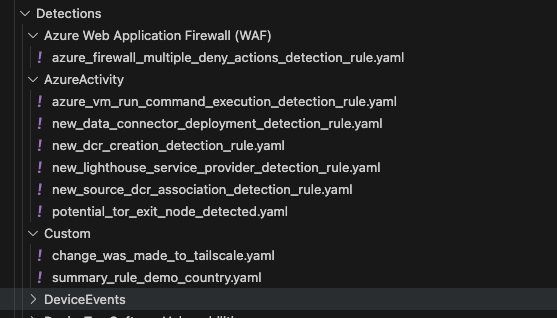
Template System
The template system has undergone a complete overhaul since 0.0.1. What began as a handful of basic templates has evolved into a library covering many different Sentinel rule scenarios.
When you run the "Generate Rule Template" command, you're presented with a visual picker that displays each template type with descriptive icons, detailed explanations, and clear guidance on when to use each one. Whether you're creating a simple detection rule or a complex multi-stage correlation, there's a template designed specifically for your needs.
The templates themselves have been crafted following Microsoft's best practices, with proper field ordering, comprehensive MITRE ATT&CK integration, and production-ready configurations. Each template includes helpful comments and examples to guide you through the customisation process.
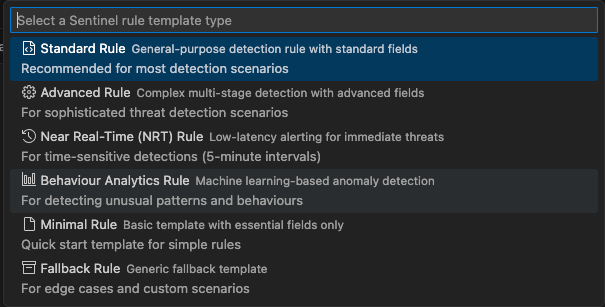
MITRE ATT&CK: Multi-Framework Mastery
Version 0.0.9 implements comprehensive multi-framework support for Enterprise, Mobile, and ICS MITRE frameworks.
The extension now uses official MITRE data sources and provides framework-aware hover information. When you hover over a tactic or technique, you'll see not only its description but also which framework it belongs to. This could really helpful for people new to this concept of SecDevOps.
The validation engine now understands the relationships between different frameworks and can provide intelligent suggestions when you're building rules that span multiple threat categories.
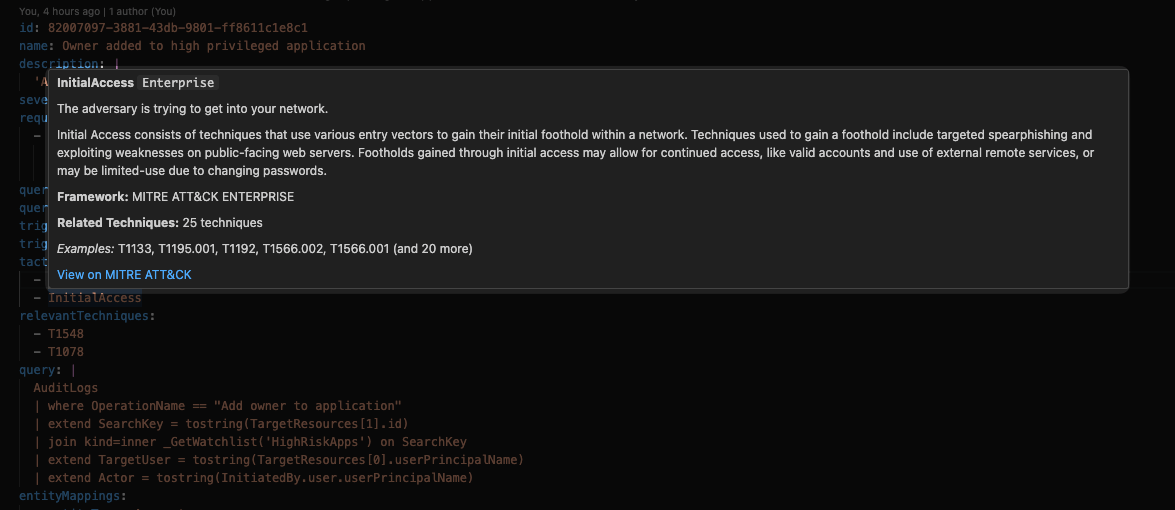
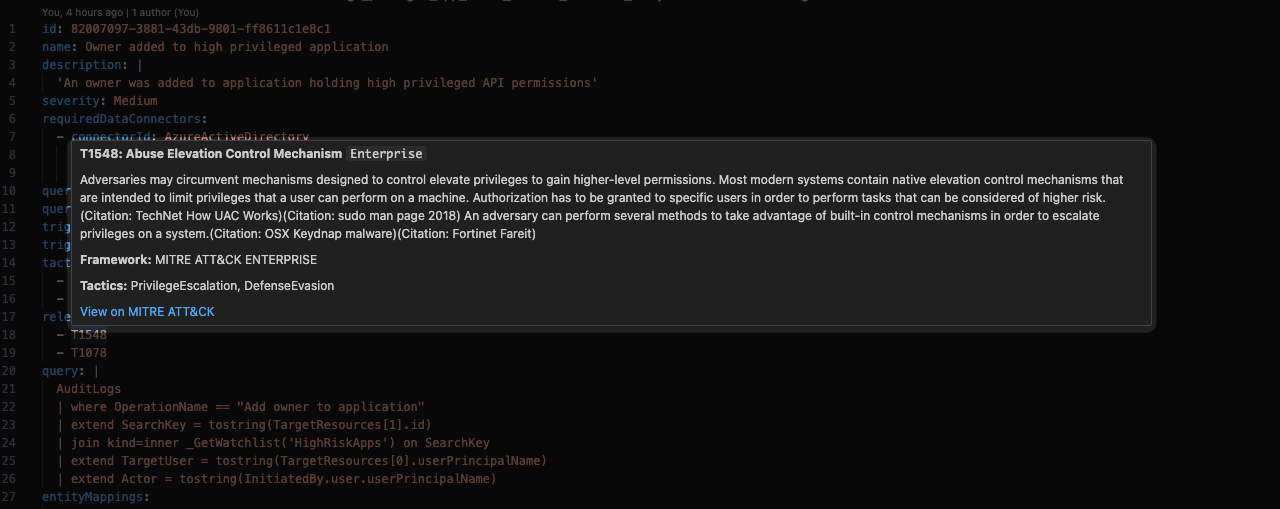
ARM to YAML: Migration Made Simple
The ARM to YAML conversion feature has been completely rewritten. What started as a basic conversion tool now supports bulk operations with multiple naming strategies, comprehensive field mapping, and detailed conversion summaries.
The new conversion engine handles ARM templates with dozens of rules, automatically extracting each rule into separate YAML files with meaningful names. You can choose from various naming strategies – whether you prefer descriptive names based on the rule's display name, GUID-based naming using the rule's unique identifier, or simple sequential naming.
Each conversion operation provides a detailed summary showing exactly what was converted, any warnings or issues encountered, and suggestions for post-conversion improvements. The converted rules are immediately ready for validation and formatting using the extension's other tools.
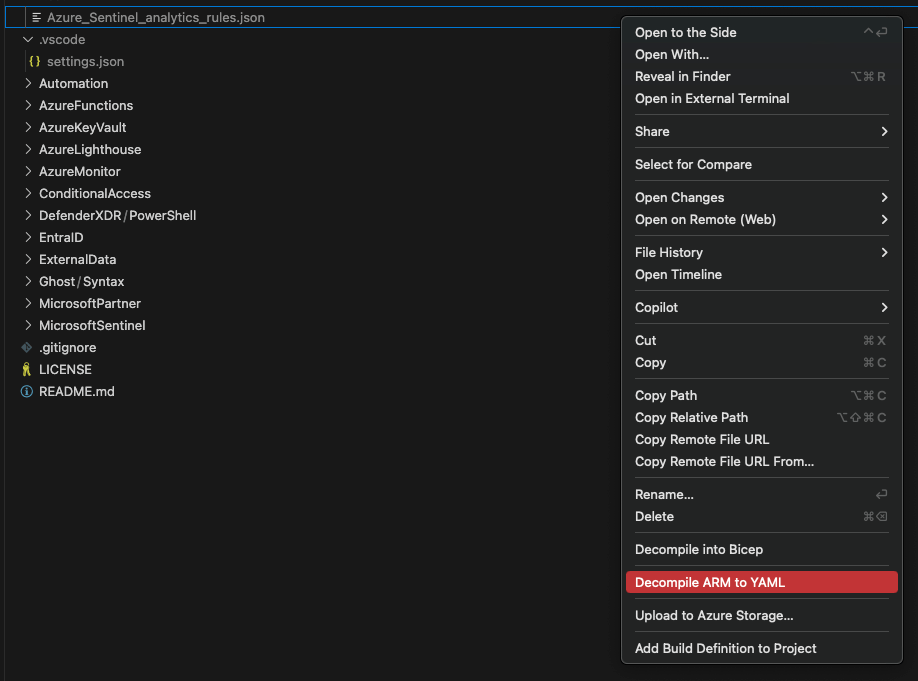
GUID Management
Managing rule identities has always been a challenge, particularly when duplicating rules or converting templates to production use. Version 0.0.9 introduces GUID management capabilities that handle both individual rules and bulk operations.
The system intelligently detects existing GUIDs, template placeholders like {{GUID}}, and provides clear confirmation dialogs before making any changes. When you generate a new template, the GUID replacement happens automatically, ensuring every rule has a unique identifier from the moment it's created.
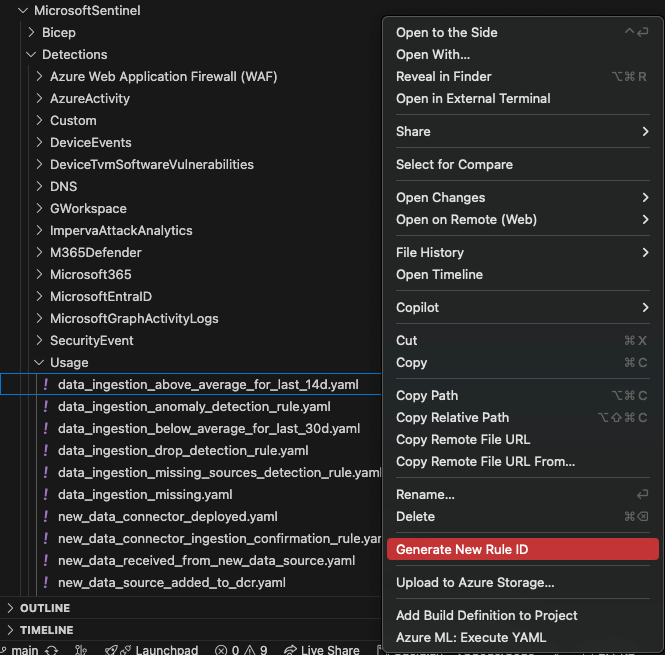
For teams managing large rule libraries, the bulk GUID regeneration feature can process entire workspaces, updating multiple rules whilst maintaining proper indentation and YAML formatting. This has been invaluable for teams migrating between environments or preparing rule libraries for deployment.

Workspace-Wide Validation and Maintenance
Another addition to v0.0.9 is the bulk maintenance and validation system. This feature can process entire workspaces, validating hundreds of rules simultaneously and providing reports on rule quality and compliance.

The system offers three distinct modes of operation. Validation mode provides a comprehensive health check without making any changes, perfect for understanding the current state of your rule library. The fixing mode automatically corrects formatting issues, field ordering problems, and other structural concerns. The reporting mode generates detailed documentation suitable for compliance audits and quality reviews.
The generated reports provide clear guidance on what needs attention and how to resolve any problems.
User Experience
The overall user experience has been refined throughout the development process. The command palette has been streamlined to reduce clutter whilst maintaining full functionality. The new unified "Generate Rule Template" command replaces the previous collection of individual template commands, providing a cleaner interface without sacrificing capability.
Real-time validation feedback appears in the Problems panel as you work, providing immediate guidance on potential issues. The formatting engine has been enhanced to handle complex YAML structures whilst preserving comments and maintaining readability.
Context menus provide quick access to common operations, and the integration with VS Code's native interfaces ensures a seamless development experience. Whether you're working on a single rule or managing a large library, the interface scales to match your needs.
Getting Started with v0.0.9
If you're new to SentinelCodeGuard, getting started is simple. The extension is available from the VS Code Marketplace, and the wiki documentation provides everything you need to begin developing Sentinel rules.
For existing users, the upgrade process is seamless. Your existing rules, templates, and configurations will continue to work, whilst the new features become immediately available.
Conclusion
The journey from SentinelCodeGuard v0.0.1 to v0.0.9 has been awesome. What started as a simple validation tool has evolved into a new development toolkit.
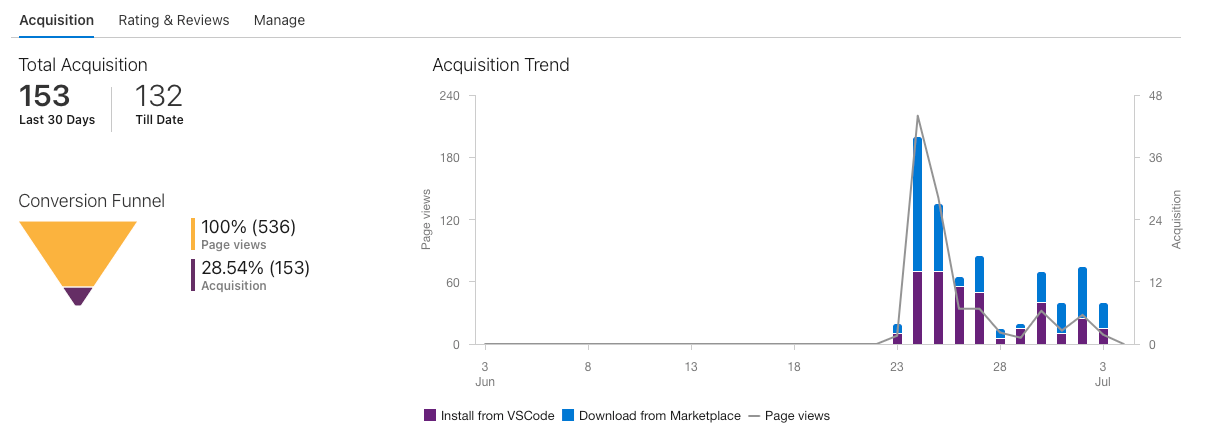
Whether you're writing your first Sentinel rule or managing a library of hundreds, v0.0.9 provides the tools you need to work efficiently. The combination of intelligent automation, comprehensive validation makes it a good addition to any Sentinel analyst or engineers toolkit.
I'm excited to see how the community continues to use and improve this tool. Here's to the next chapter in making Sentinel rule development easierl, efficient, and enjoyable for everyone.
Follow the project on GitHub for the latest updates.
I hope you've found this plugin helpful in enhancing DevOps experience. If you've enjoyed this content and would like to support more like it, please consider joining the Supporters Tier. Your support helps me continue creating practical security automation content for the community.
